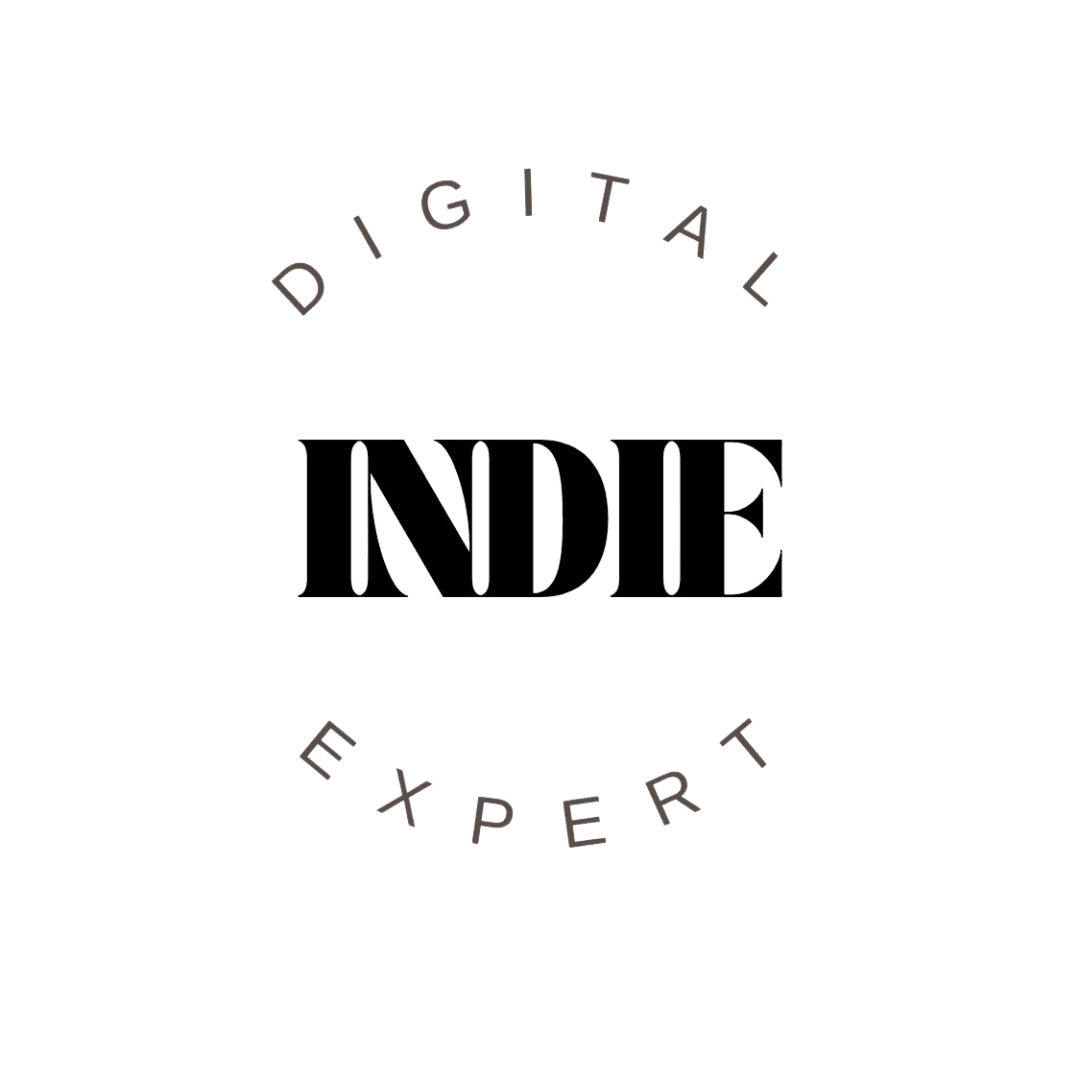How To Identify Your Target Audience? A Guide to Finding Your Perfect Client
Let's chat about one of the most crucial steps in growing your business: figuring out who your perfect client is. To make it simple, think of it as getting to know a new friend; it just takes a bit of time and a few conversations.
Understanding your target audience can completely transform how you market your products or services, making your efforts more efficient and impactful.
So, how do you start identifying your target audience? It’s all about being curious and attentive. Picture yourself in a cozy coffee shop, sitting across from someone new. You ask questions, listen to their stories, and soon enough, you start to see a picture of who they are. The same goes for discovering your audience.
In this guide, we’ll walk you through the process step-by-step. We’ll explore practical tips and actionable steps to help you identify who exactly you're speaking to in your marketing efforts.
This journey isn't just about demographics and data, it’s about truly understanding the people you want to help and connect with.
Why It’s Important to Know Your Audience
Before we dive into the "how," let's chat about the "why." Understanding your target audience is like having a secret key to effective communication. When you know who you’re speaking to, you can craft marketing messages that resonate directly with them. This means offering solutions tailored to their specific problems, making your business more appealing and relevant. Plus, it saves you time and money by focusing your efforts on the people most likely to become your customers, rather than trying to reach everyone.
Step 1: Start with What You Know
Begin by reflecting on your current customers. Who are they? What do they appreciate about your product or service? Look for common traits or behaviors. Are they predominantly within a specific age group? Do they come from a particular geographic area? Do they share common interests or face similar challenges? Those observations make a strong starting point.
Step 2: Get Specific with Demographics
Next, let’s dig a bit deeper into specifics. Demographics are essential details about your audience, such as age, gender, income level, education, and occupation. You can gather this information through customer surveys, social media insights, or even casual chats with your customers. The more detailed you get, the better you can tailor your marketing efforts.
Step 3: Understand Their Needs and Pain Points
Think about what your audience needs. What challenges are they facing? What keeps them up at night? Understanding their pain points allows you to position your product or service as the ideal solution. If you’re unsure, don’t hesitate to ask them directly. People appreciate businesses that genuinely care about their needs and challenges.
Step 4: Look at Their Buying Behavior
Consider how your customers typically find and purchase products or services like yours. Do they prefer online shopping or in-store experiences? Do they rely on reviews, ask for recommendations from friends, or follow social media influencers? Knowing their buying behavior helps you reach them more effectively. For instance, if they depend heavily on online reviews, ensure you have a strong presence on review sites.
Step 5: Create a Customer Persona
With all this information in hand, it’s time to create a customer persona—a fictional character representing your ideal customer. Give them a name, age, occupation, and even a backstory. For example, meet Sarah. She’s 35, a marketing manager, and a yoga enthusiast. She’s always looking for ways to reduce stress and stay healthy. Having a clear picture of Sarah helps you craft marketing messages that resonate with people like her.
Step 6: Test and Refine
Your initial idea of your target audience might not be spot-on, and that’s perfectly fine. Marketing is a process of testing and refining. Experiment with different messages and see what resonates. Pay attention to who responds and adjust your persona as needed. Over time, you’ll gain a clearer understanding of your perfect client.
Useful Tools to Help You Identify Your Target Audience
To make this process even smoother, here are some simple and user-friendly tools you can use to gather data and insights about your target audience:
Google Analytics: A free tool that provides detailed insights into who visits your website, including demographic information, interests, and behavior patterns.
Google Trends: Helps you explore trending search terms and topics, giving you a glimpse into what your potential customers are interested in.
Social Media Insights: Platforms like Facebook, Instagram, and LinkedIn offer analytics that show you who follows and engages with your content, including age, gender, and location.
Survey Tools (e.g., Google Forms, SurveyMonkey): These tools allow you to create surveys to gather direct feedback from your audience about their preferences and needs.
SEMrush or Ahrefs: Comprehensive SEO tools that provide keyword research, competitor analysis, and traffic data, helping you understand what your audience is searching for.
Persona Templates (e.g., Xtensio, HubSpot’s Make My Persona): These tools help you create detailed customer personas, guiding you through key characteristics and behaviors of your ideal customers.
These tools are not only simple to use but also incredibly valuable in gathering data and insights that can help you tailor your marketing efforts to reach and engage your ideal audience effectively.
Identifying your perfect client and mapping out your target audience requires some effort, but it’s incredibly rewarding. When you know who you’re talking to, you can create marketing that truly connects with them, making your work more successful and enjoyable.
If you ever need support along the way, I’m here for you. Together, we can ensure your business reaches the people who will love what you offer.
